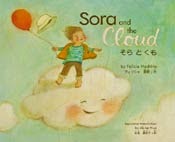Disclosure: I was sent copies of these products in exchange for an honest review. All opinions are my own.
We are in final exam week at our school. The stress levels are high everywhere. But it also means that school is almost done, and summer is almost here. Summer can be so much fun, but it can also be a time for kids to lose some of their learning. Today I am sharing some products to give you and your kids some fun activities as well as learning in fun ways! We will begin with some creative activity books. Today (May 30th) is National Creativity Day and these books are perfect to get your kids and you creating and having fun! The first are two books by Alberto Lot. There is Crayon Racing which I reviewed a couple of years ago and Crayon Adventures. They are recommended for ages 4 to 8 or as the publisher states 4 to 104. I know my high school students have been having lots of fun with them!




















































